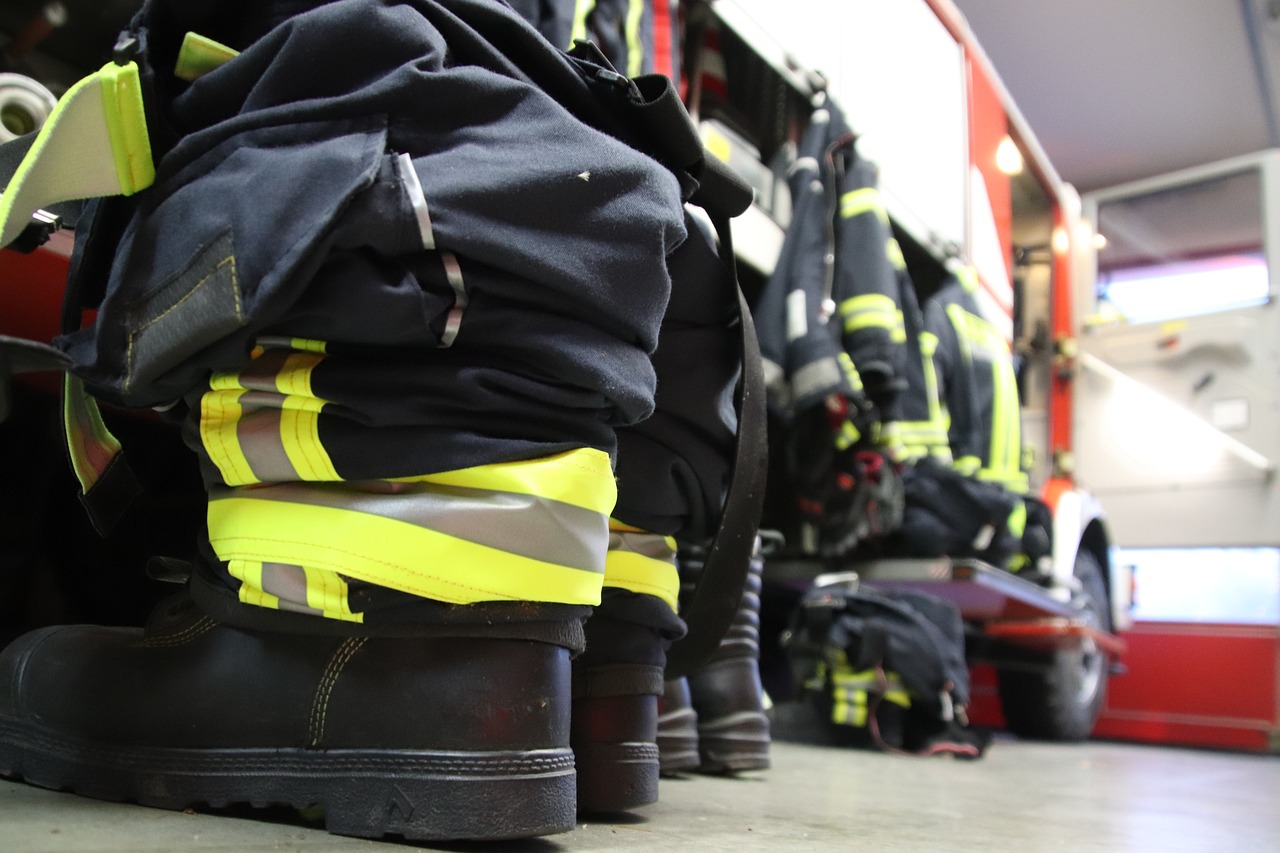Most fire emergencies can be prevented with proper education and awareness. In this comprehensive guide, we will explore the crucials of community outreach in fire safety education. Engaging the public is crucial in spreading awareness and equipping individuals with the knowledge to prevent fires and respond effectively in case of an emergency. From establishing partnerships to creating engaging educational materials, we will provide valuable insights and tips to help you effectively engage the public in fire safety education initiatives.
Planning Your Community Outreach Program
Identifying Your Target Audience
For a successful community outreach program, it is vital to identify your target audience. Consider demographics such as age groups, cultural backgrounds, and living situations to tailor your fire safety education efforts effectively. Engaging with community leaders, local organizations, and conducting surveys can help you gather valuable insights to reach the right audience.
Designing an Effective Fire Safety Education Curriculum
For designing an effective fire safety education curriculum, focus on key fire prevention topics such as smoke alarm installations, escape plans, and proper fire extinguisher use. Ensure that the material is easily understandable and engaging for all age groups. Incorporate visuals, hands-on activities, and real-life scenarios to make the learning experience memorable and impactful.
Plus, don’t forget to address specific safety concerns based on the community’s needs, such as high-rise buildings, rural areas prone to wildfires, or densely populated neighborhoods. Adapting your curriculum to address these unique challenges can enhance the relevance and effectiveness of your fire safety education program.
Implementation Strategies
Organizing Fire Safety Workshops and Seminars
Organizing fire safety workshops and seminars is a crucial aspect of engaging the public in fire safety education. By hosting regular events, fire departments can create a platform to educate the community on fire prevention, evacuation procedures, and the importance of smoke alarms. It is important to collaborate with local schools, community centers, and businesses to reach a wide audience and make a significant impact.
Integrating Interactive Learning Tools and Activities
Activities such as fire drills, hands-on training with fire extinguishers, and interactive simulations can significantly enhance the learning experience and help the community retain important fire safety information. Utilizing tools like virtual reality simulations or online quizzes can also make the learning process more engaging and memorable for participants.
Another effective way to integrate interactive learning tools and activities is by incorporating role-playing exercises where participants practice fire escape scenarios or demonstrate how to safely handle common household fire hazards. These hands-on activities not only reinforce important fire safety practices but also empower individuals to take proactive measures in protecting themselves and their families from potential fire hazards.
Partnership and Collaboration
Working with Local Fire Departments and Agencies
Collaboration with local fire departments and agencies is important for effective community outreach in fire safety education. By partnering with these organizations, you can leverage their expertise, resources, and credibility within the community to enhance the reach and impact of your programs. Working together, you can coordinate efforts, share best practices, and ensure that the messages you are conveying are consistent and aligned with official safety guidelines.
Engaging Volunteers and Community Leaders
To effectively engage volunteers and community leaders in your fire safety education initiatives, it is crucial to provide them with clear roles, responsibilities, and training. Volunteers can help extend the reach of your programs and bring unique perspectives and connections that can further enhance community engagement. By collaborating with community leaders, you can gain valuable insights into the specific needs and concerns of different demographic groups within the community, allowing you to tailor your outreach efforts accordingly.
Measuring Impact and Success
Establishing Metrics for Evaluation
Impact assessment is important in determining the effectiveness of community outreach programs focused on fire safety education. To measure the success of your efforts, it’s crucial to establish clear metrics for evaluation. These metrics could include the number of participants reached, the percentage of households implementing safety measures post-engagement, or the reduction in fire incidents within the community.
Gathering Feedback and Adapting the Program
An integral part of measuring impact involves gathering feedback from the community and using that information to adapt and improve the fire safety education program. By collecting insights from participants, stakeholders, and partners, you can gain valuable perspectives on the program’s strengths and areas for enhancement. This feedback loop ensures that the outreach efforts remain relevant and impactful.
Establishing a systematic feedback mechanism is key to continuously improving the program. Surveys, focus groups, and direct feedback sessions can provide valuable insights into the community’s perception of the program, its effectiveness, and areas for improvement. By analyzing this feedback, you can make informed decisions on how to adapt the program to better meet the needs of the community and enhance its overall impact.
To wrap up
Upon reflecting on the strategies discussed in this guide, it is evident that effective community outreach is crucial in ensuring public safety and increasing awareness about fire risks. By engaging with residents through various educational programs, events, and campaigns, fire departments can foster a culture of safety and preparedness within their communities. It is imperative to prioritize building strong relationships with local stakeholders and leveraging social media and other communication channels to amplify the reach of fire safety messages. With the right approach and commitment, fire departments can successfully engage the public in fire safety education, ultimately reducing the likelihood of fire-related incidents and saving lives.


